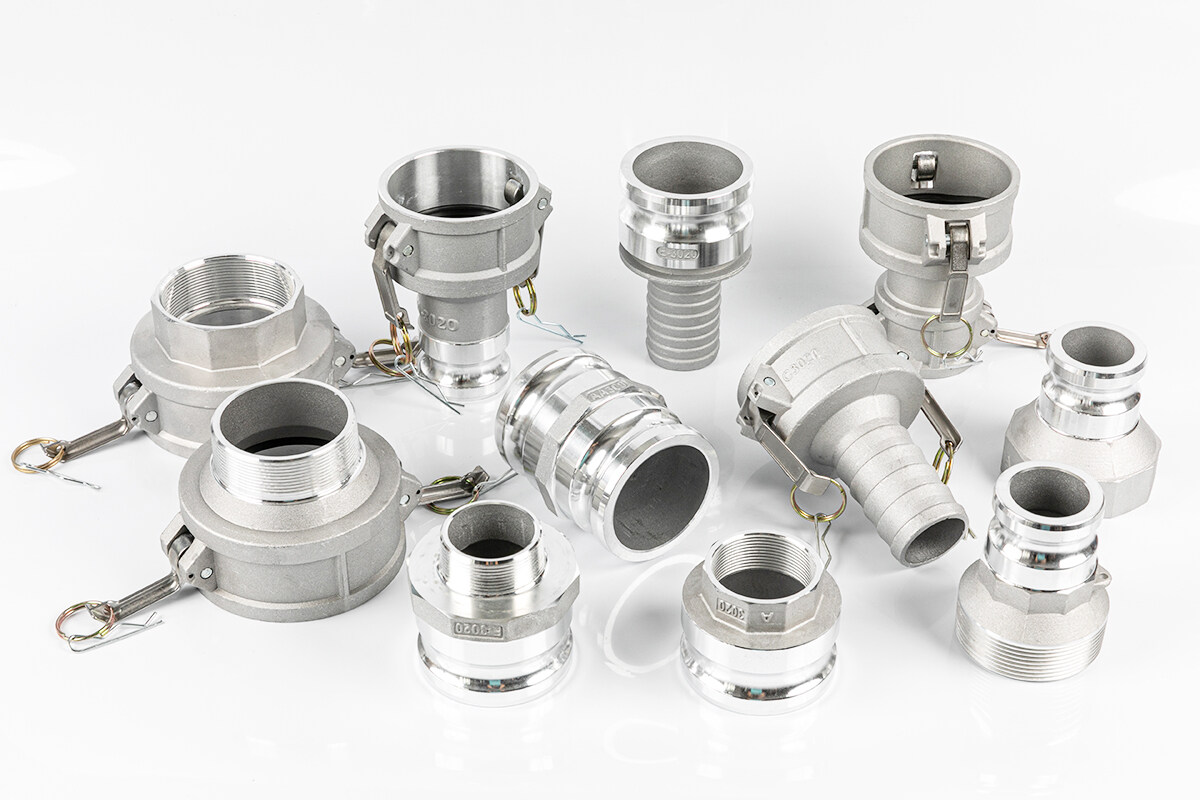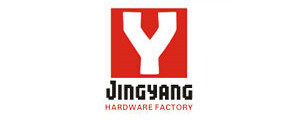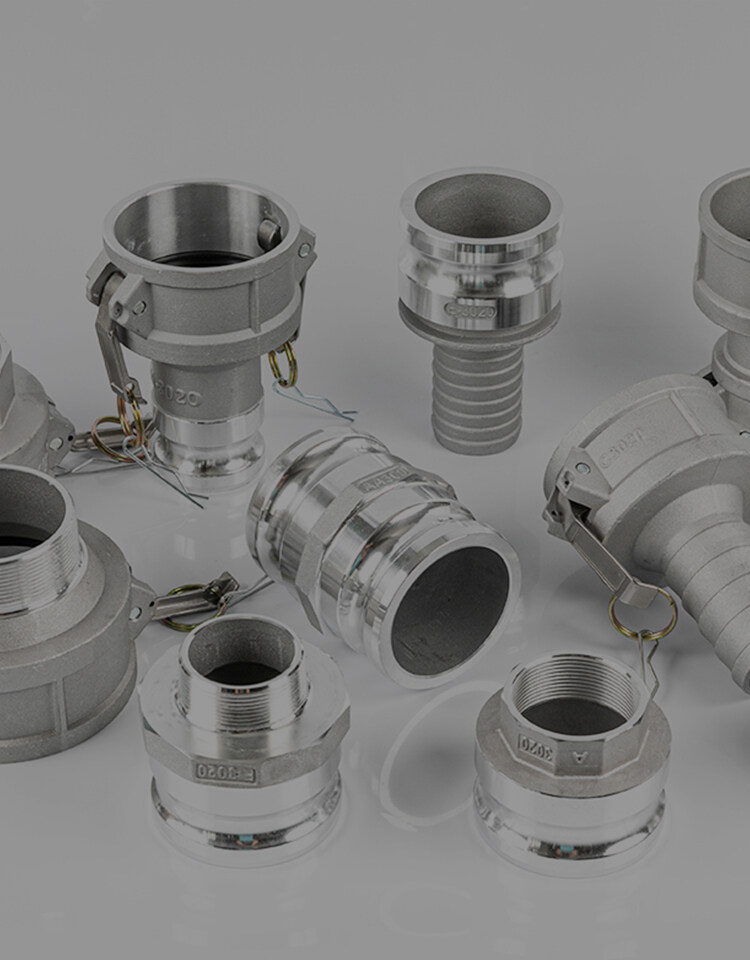Email format error
Email cannot be empty
Email already exists
6-20 characters(letters plus numbers only)
The password is inconsistent
Email format error
Email cannot be empty
Email does not exist
6-20 characters(letters plus numbers only)
The password is inconsistent

News
Here, you can describe a piece of text you want to express

The Unsung Hero of Plumbing: Pipe Reducer Fittings and Their Role in Modern Infrastructure
When we think about plumbing or piping systems, the first things that come to mind are usually pipes, valves, and maybe faucets. These components are essential, no doubt, but there's a small yet incredibly important part that often flies under the radar: pipe reducer fittings. Without these fittings, many systems we rely on every day simply wouldn't function as efficiently, if at all.
In this blog, we will explore the world of pipe reducer fittings. While it might not sound like the most thrilling topic at first glance, these fittings are actually quite fascinating and play a critical role in modern infrastructure. By the end of this post, you'll have a greater appreciation for this unsung hero of piping systems.
What Are Pipe Reducer Fittings?
Before diving into why pipe reducer fittings are so important, let’s first define what they are. A pipe reducer fitting is a component used in piping systems that allows two pipes of different diameters to be connected. The fitting helps transition from one pipe size to another, typically either reducing or expanding the diameter.
There are two main types of pipe reducer fittings:
- Concentric reducers: These fittings reduce the diameter of a pipe gradually while maintaining symmetry. The centerline of the pipe remains the same on both ends.
- Eccentric reducers: Unlike concentric reducers, eccentric reducers have an offset, meaning one side of the pipe is flat while the other side tapers down. This type is often used in situations where drainage or proper flow is crucial.
These fittings are not limited to just plumbing systems; they can be found in various industries, including oil and gas, chemical processing, and even HVAC systems. Now that we know what they are, let’s explore why pipe reducer fittings matter so much.
The Role of Pipe Reducer Fittings in Plumbing Systems
Imagine a complex piping network without any pipe reducer fittings. You'd end up with mismatched pipes, unreliable connections, and, ultimately, inefficient systems. The pipe reducer fitting serves as the "bridge" that connects different pipe sizes, ensuring a smooth and efficient flow of liquids or gases.
Here are some key functions that pipe reducer fittings serve in plumbing systems:
1. Controlling Flow Rate and Pressure
One of the primary reasons for using a pipe reducer fitting is to manage the flow rate and pressure within the piping system. A larger pipe has a lower pressure and higher flow capacity compared to a smaller pipe. By gradually reducing the pipe size, the flow velocity can be controlled more effectively, ensuring optimal pressure throughout the system.
For example, in a water supply system, you might need to reduce the pipe size from a large mainline to a smaller line that delivers water to your kitchen or bathroom. The pipe reducer fitting ensures that the flow remains steady while transitioning between pipes of different diameters.
2. Saving Space
Space is often at a premium in plumbing systems, especially in urban environments or industrial plants. Pipe reducer fittings help optimize the layout of these systems by allowing different pipe sizes to fit within a compact area. By reducing the pipe size at certain junctions, engineers can minimize the space required without sacrificing efficiency.
This can be especially useful in buildings where pipe systems must be routed through tight spaces, such as between walls or under floors.
3. Preventing Turbulence
When liquid or gas flows from a large pipe into a smaller pipe without a reducer, it can cause turbulence. This turbulence leads to inefficiencies and, in some cases, damage to the pipes or equipment. Pipe reducer fittings help to mitigate this by allowing for a smoother transition between pipe sizes. The gradual reduction in size helps to maintain laminar flow, reducing the risk of damage and ensuring the system operates more efficiently.
4. Improving System Longevity
Another critical function of pipe reducer fittings is extending the life of the entire piping system. Properly designed systems, with smooth transitions between different pipe sizes, experience less wear and tear over time. This is especially important in industrial settings where pipes are exposed to high pressures, extreme temperatures, and potentially corrosive substances.
The smoother the flow and the fewer the disruptions, the less strain is put on the pipes, pumps, and valves, which translates into a longer lifespan for the entire system.
Pipe Reducer Fittings in Action: Real-Life Applications
While it’s easy to see the importance of pipe reducer fittings in a theoretical sense, seeing them in real-life applications drives home their value. Let's take a closer look at some of the key industries and systems that rely on these fittings to keep things running smoothly.
1. Residential Plumbing Systems
In your home, pipe reducer fittings are essential for delivering water efficiently throughout your house. From your main water line to the smaller pipes that run to your faucets and showerheads, pipe reducers help control the water pressure and ensure you have a steady flow.
Without these fittings, water pressure could be too high in some areas and too low in others. This could lead to anything from burst pipes to a lack of water supply where you need it most.
2. Oil and Gas Industry
The oil and gas industry uses extensive and complex piping systems, where pipe reducer fittings play a critical role. In oil refineries, for example, reducers are used to transition between different sections of the processing units, each of which may require a different pipe size depending on the flow rates and pressures needed.
These reducers are often made from materials that can withstand extreme conditions, such as high temperatures and corrosive environments. Without the right pipe reducer fittings, the efficiency and safety of these systems would be compromised.
3. HVAC Systems
In heating, ventilation, and air conditioning (HVAC) systems, pipe reducer fittings help manage airflow. They are used to connect ducts of different sizes and ensure that air is delivered evenly throughout a building. Properly sized reducers are essential for maintaining balanced air pressure, which in turn keeps the HVAC system running efficiently.
This not only ensures that buildings are properly heated or cooled, but also helps reduce energy consumption, which is a key concern in today’s environmentally conscious world.
4. Chemical and Pharmaceutical Industries
In the chemical and pharmaceutical industries, pipe reducer fittings are crucial for transporting fluids, gases, and sometimes even powders. These materials often need to move through pipes of different sizes to ensure the proper flow rate and pressure.
For example, in a pharmaceutical plant, where the precision of fluid handling is critical, the right pipe reducer fittings can mean the difference between a successful batch of medicine and a costly mistake.
Materials Used in Pipe Reducer Fittings
Just as pipes themselves come in different materials depending on the application, pipe reducer fittings are made from various materials as well. The choice of material depends on factors such as the type of fluid being transported, the temperature, and the pressure of the system. Common materials include:
- Stainless steel: Known for its corrosion resistance, stainless steel is often used in industries where hygiene is a concern, such as food processing or pharmaceuticals.
- Carbon steel: Ideal for high-pressure systems, carbon steel reducers are commonly used in the oil and gas industry.
- Copper: Widely used in residential plumbing due to its excellent thermal conductivity and resistance to corrosion.
- PVC (Polyvinyl Chloride): Common in irrigation systems and some low-pressure residential applications.
Each material has its advantages and specific use cases, further highlighting the versatility of pipe reducer fittings.
Choosing the Right Pipe Reducer Fitting for the Job
Choosing the right pipe reducer fitting is more than just picking the correct size. Engineers must also consider factors such as:
- Flow requirements: What is the expected flow rate, and how will the pipe size impact that?
- Pressure: How much pressure will the fitting be exposed to?
- Temperature: Will the fitting be subjected to extreme temperatures, and is it made of a material that can handle that?
- Corrosive materials: If the system is transporting chemicals or other corrosive substances, the fitting needs to be resistant to corrosion.
In many cases, the wrong fitting can lead to significant inefficiencies, and in the worst cases, catastrophic failures. This makes it essential to choose the right pipe reducer fitting for the specific needs of the system.
Conclusion
Pipe reducer fittings may not be the most glamorous component in a plumbing or industrial system, but their importance cannot be overstated. They play a vital role in ensuring smooth transitions between different pipe sizes, regulating flow rates and pressure, and preventing issues like turbulence and system failures.
Whether it’s in your home’s plumbing system, a large-scale oil refinery, or an HVAC system keeping your office comfortable, pipe reducer fittings are hard at work behind the scenes. The next time you turn on your faucet, consider the complex network of pipes and fittings that made it possible—and give a little nod of appreciation to the humble pipe reducer fitting.

